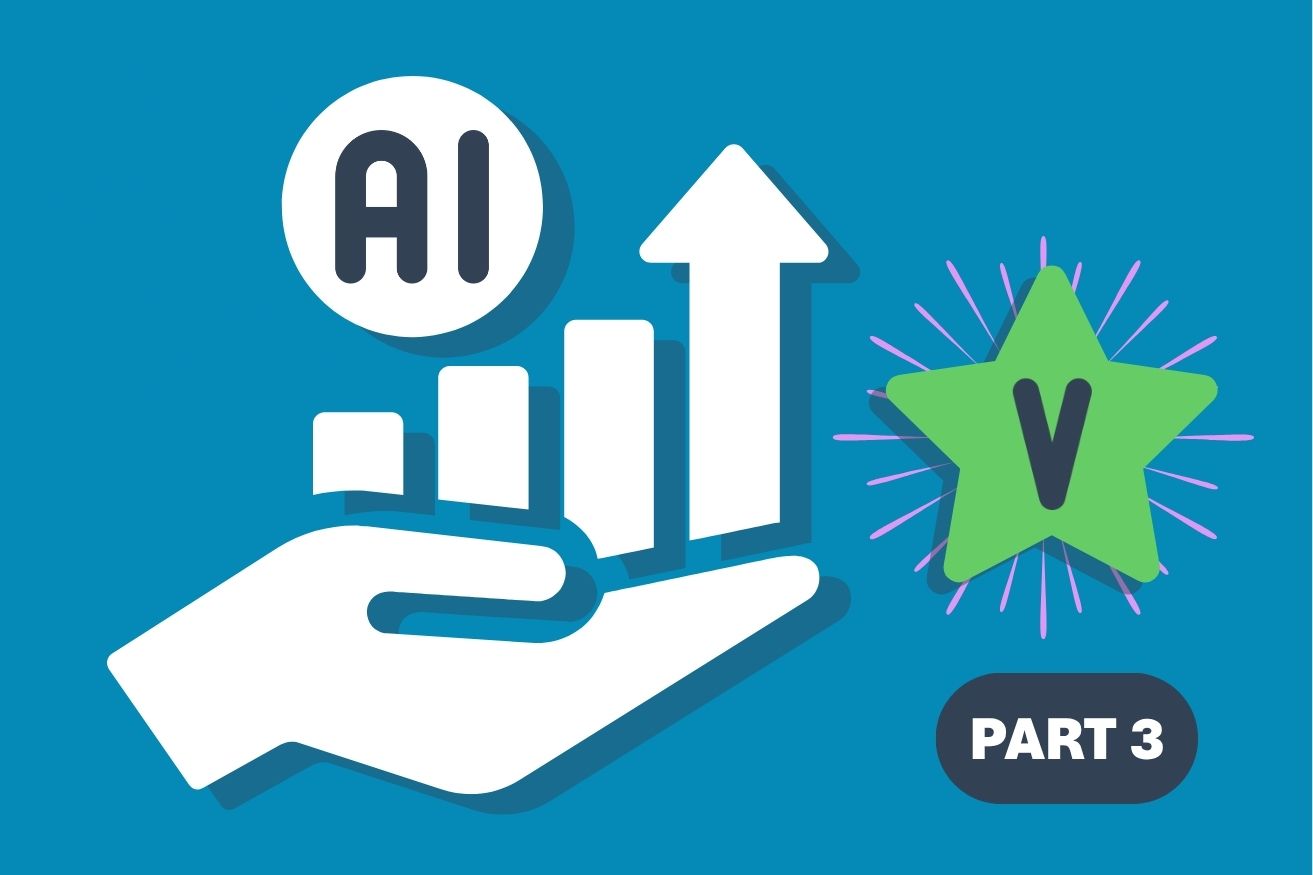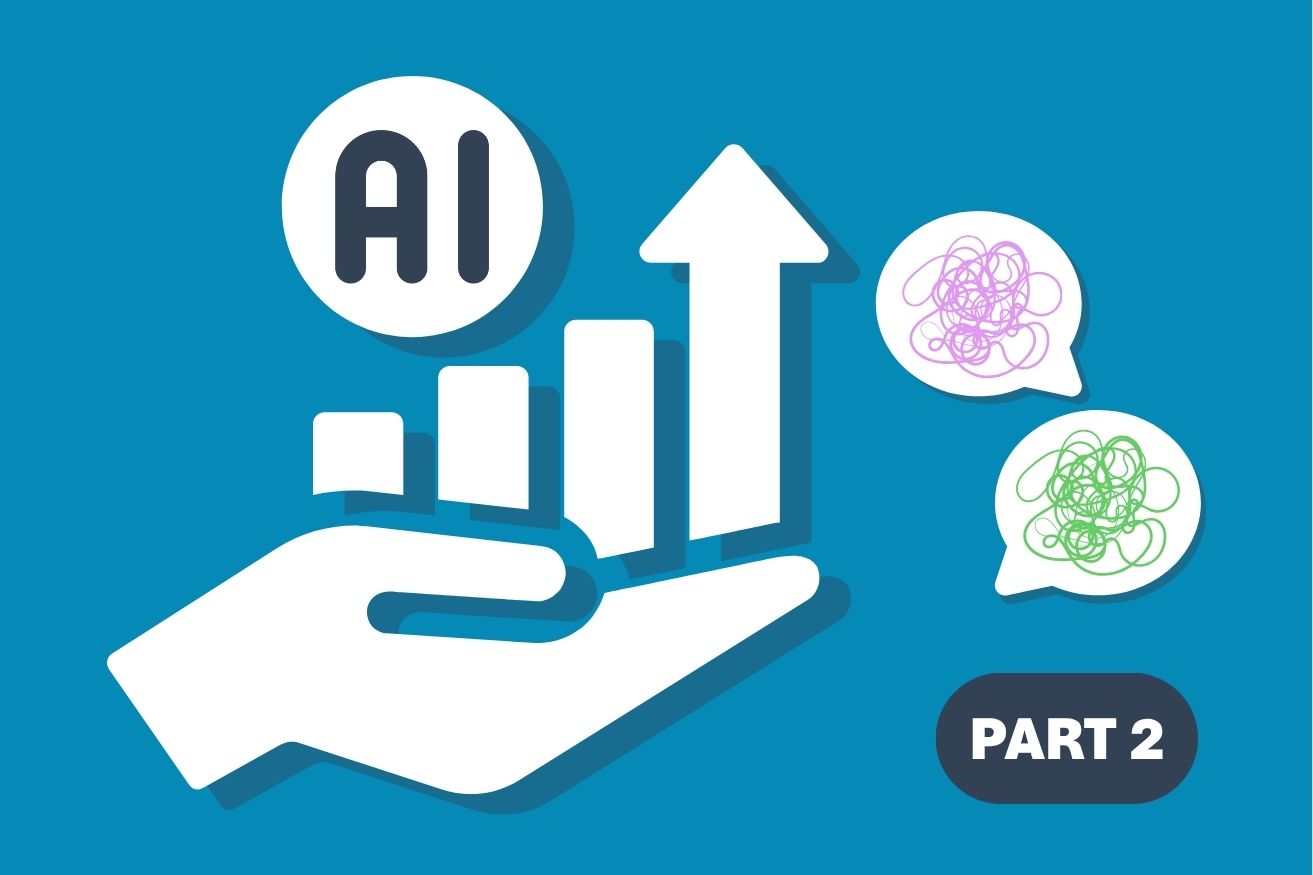Beyond Roadmaps: Why Delight Is Built to Steer Data Portfolios
For data and AI teams, deciding what to work on is rarely a simple question of prioritization.
It's a strategic challenge that goes far beyond idea ranking or task management. It’s about knowing which initiatives will deliver real business impact and managing them across their entire lifecycle. While traditional prioritization tools help organize ideas, prioritize them, and build roadmaps, they stop short of what’s truly needed: portfolio steering.
Why roadmaps alone don’t cut it
Tools like Jira Product Discovery or Productboard are incredibly useful for traditional product management. They were designed to support Product Managers in visualizing what’s next. They make it easy to collect feedback, apply scoring models, and align stakeholders through neatly structured roadmaps. These tools shine in environments where the problem is clearly defined, the solution is known, and the team’s focus is on delivery.
And for many digital software products, that’s enough.
But when you’re dealing with interconnected data products and teams and complex AI use cases, things aren’t that simple.
Also read: Steering, Not Just Sprinting: Delight as the Strategic Layer on Top of Jira & Friends
Data and AI use cases are often ambiguous at the outset. The value of a solution isn’t always clear until it’s deployed – and sometimes not even then. Teams may find themselves solving the same problem multiple times across different business units, unaware of what already exists. Use cases often span several domains, systems, and stakeholders, with shifting priorities and unpredictable interdependencies.
You need more than a roadmap because, as helpful as they are, they don’t solve for any of this.
You need a system that actively supports value-based decisions, monitors contribution to business outcomes, and supports the mapping of ideas to existing products in the portfolio.
By leveraging these insights, the reuse of existing solutions and optimization of the portfolio has massive impacts on your profitability through reduced time-to-value and lower redundancy.
What prioritization tools deliver and where they fall short
To be clear, prioritization tools do serve a valuable purpose. They are very good at turning ideas into organized plans. They offer structured frameworks to assess initiatives, integrate with execution tools, and generate stakeholder-friendly roadmaps. In product development, they help align delivery with customer needs and get stakeholder buy-in.
However, they weren’t built to manage the evolving nature of data products. They don’t enable value estimation or tracking of realized value, show dependencies across teams or systems, or support the strategic steering of dozens of use cases across lines of business with multiple dependencies across teams.
Once the roadmap is built and planning is done, most tools reach the end of their usefulness. What happens next – delivery, iteration, impact measurement, and continuous portfolio alignment – Is often managed in disconnected spreadsheets, ad hoc meetings, or not at all.
That’s where Delight comes in.
Delight: The next level of portfolio management
Delight includes the core functionality of prioritization tools: collecting, scoring, and planning. But it goes much further. It’s designed to orchestrate and optimize data and AI portfolios in real time.
With Delight, teams can assess opportunities using customizable value frameworks that consider feasibility, strategic alignment, and expected business outcomes. They can visualize dependencies across systems and teams, identify duplication, and ensure that new initiatives build upon existing assets rather than reinventing the wheel.
And because the platform brings all this information into one place, it becomes dramatically easier to course-correct, reprioritize, and communicate clearly with both technical and business stakeholders.
Purpose-built for data and AI teams
Anyone who has worked on data or AI initiatives knows that they rarely follow a clean, linear path. Value shifts. Dependencies multiply. The complexity of the ecosystem – multiple data sources, overlapping teams, and uncertain timelines – makes steering the portfolio far more difficult than simply executing a plan.
Delight acknowledges that complexity. It’s designed not just to organize work, but to bring clarity to it. It’s not just about what’s next. It’s about what’s worth it and how to align the entire portfolio accordingly.
In other words, it enables teams to move beyond prioritization. It helps them steer.
Steering toward business value
The success of a data team shouldn’t be measured by how many models are deployed or dashboards are built. It should be measured by how much value those outputs deliver and how efficiently that value is achieved. Without a system to continuously evaluate and steer the portfolio, it’s all too easy for teams to get stuck in delivery mode without ever stepping back to ask: Is this work worth it?
Delight empowers data and AI leaders to make that assessment – continuously, strategically, and with full visibility across their portfolio.
Direction matters just as much as momentum.
If you’re interested to see Delight in action, book a demo or start your 14-day trial today.




